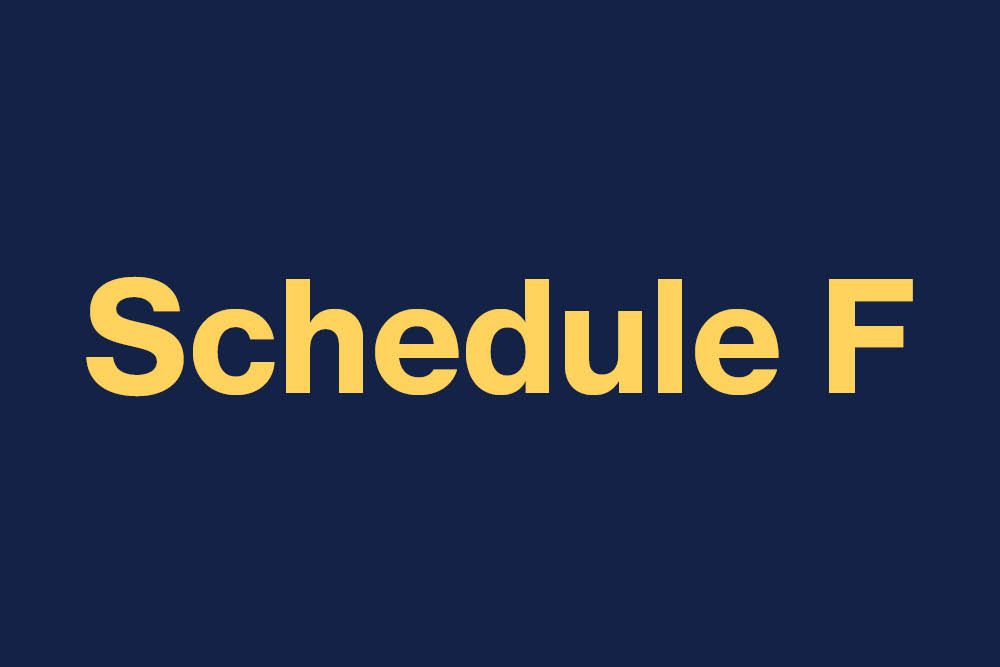The news may be late, but I’m here to report that Big Data has officially arrived. It’s changing the way business as a whole works, and that includes actuarial science. Excel has been replaced by SAS, R, or (pick your favorite programming language) as the latest and greatest analytical tool. Predictive analytics is the go-to technique for big and small data alike. The business atmosphere has changed more rapidly than changes to the CAS syllabus can be made. Although steps are being taken to bring the syllabus into the modern age (“The Next Evolution of Basic Education,” Future Fellows, June 2014), many of us will have finished taking exams by the time these changes are complete.
The following are various resources that are available for learning on your own.
CAS Interactive Online Courses (www.casact.org/education/interactive)
The CAS currently provides an inexpensive predictive modeling course ($75 for members; $95 for non-members). The CAS course has the virtue of being directly applicable to actuarial work and includes use of GLMs in both loss and retention modeling. Entry-level candidates are not the target audience of this course, but the course description clearly lays out the prior knowledge advised before beginning. Be sure to check out the section on upcoming courses. In addition to the predictive modeling course, the CAS has several others planned for the future. As an added bonus, CAS courses provide 1 CE Credit per 50 minutes of education session time.
Coursera (www.coursera.org)
Coursera provides access to online university-sponsored courses free of charge, or users can pay a fee to receive a certificate of completion at the end of completing each course. Users must register for courses prior to the start date, and each course runs during a pre-designated time period. Among many options Coursera offers, you may want to consider the following:
- Johns Hopkins Coursera Data Science Series (https://www.coursera.org/specializations/jhudatascience)
- Stanford Machine Learning (https://www.coursera.org/learn/machine-learning)
- Michigan Programming for Everybody (https://www.coursera.org/learn/python)
MIT OpenCourseWare (ocw.mit.edu)
MIT OpenCourseWare is a web-based publication of materials from its undergraduate- and graduate-level courses. MIT OpenCourseWare is supported by donations and corporate sponsors, so courses are free. Courses you may be interested in include:
- Data Mining (http://ocw.mit.edu/courses/sloan-school-of-management/15-062-data-mining-spring-2003/index.htm)
- Prediction: Machine Learning and Statistics (http://ocw.mit.edu/courses/sloan-school-of-management/15-097-prediction-machine-learning-and-statistics-spring-2012/)
- Machine Learning (http://ocw.mit.edu/courses/electrical-engineering-and-computer-science/6-867-machine-learning-fall-2006/)
Online Programming Language Courses
Whether you like to “learn things the hard way” or want an introductory level course, the following in-depth offerings are available free online and some even include video.
- Learn Python the Hard Way (http://learnpythonthehardway.org/book/)
- Learn SQL the Hard Way (http://sql.learncodethehardway.org/book/)
- UCLA SAS Resources (http://www.ats.ucla.edu/stat/sas/)
- Introduction to Statistical Learning in R (http://www.r-bloggers.com/in-depth-introduction-to-machine-learning-in-15-hours-of-expert-videos/)
- Hadley Wickham’s Advanced R (http://adv-r.had.co.nz/)
Textbooks
Good textbooks on machine learning and predictive analytics are hard to come by. This is partially due to the newness of the fields. Most books are written by researchers, none of whom seem to agree on what the jargon of the field should be or what prerequisite knowledge a novice should have before beginning. The following is a list of suggested books for those who prefer to expand their knowledge of predictive analytics through reading.
- Predictive Modeling Applications in Actuarial Science, Volume 1, eds. Edward W. Frees, Richard A. Derrig, and Glenn Meyers
The contents of this book are given right in the title. With contributions coming from a wide variety of researchers, professors, and actuaries — including several CAS Fellows — it’s clear that this book will be valuable for any P&C actuary whose main concern is using predictive modeling in his or her own work. It’s also available as a Kindle eBook.
- Machine Learning: A Probabilistic Perspective by Kevin P. Murphy
Murphy’s book gives an excellent overview of the mathematical theory behind machine learning, but its applications are in MATLAB. Octave is an open source equivalent to MATLAB, but it’s still not as common in the actuarial workplace as R or SAS. Those who have successfully completed Exam 4 will find the mathematical explanations in this book valuable.
- Machine Learning with R by Brett Lantz
Lantz’s book lacks the mathematical context or theoretical rigor of Murphy’s, and therefore probably won’t lead to the same depth of understanding. This is perhaps because the explicit goal of this book is to be more of a hands-on guide than an educational resource. And its applications are in R, which is more commonly found in the workplace and will translate easily to SAS for those who know both languages.
- Predictive Analytics: The Power to Predict Who Will Click, Buy, Lie, or Die by Eric Siegel
Dubbed “The Freakonomics of big data,” this book is less of a theoretical investigation or how-to guide for predictive analytics than it is an accessible primer for those who are new to the field. An easy read, Predictive Analytics is a good first stop for those wanting to learn whether they want to learn more.
Developing Your Skills
Any of the above resources can be used by an individual working on his or her own. But remember, your employer wants you to develop, and you probably have coworkers who share your interest. Many employers may be supportive of using company time for a study group, especially if these skills are relevant to your work. Talk to your superiors about organizing a study group. At worst, they say no, and you look like a team player showing initiative to improve on everyone’s skills. Even if using work hours isn’t supported, nothing is stopping a group of you and your colleagues from studying together outside of work.
Happy (machine) learning!
 David Zornek, MS, is an actuarial consultant at Oliver Wyman in Chicago. He specializes in data visualization, predictive analytics and nontraditional mathematical modeling. This article first appeared in Future Fellows, September 2015.
David Zornek, MS, is an actuarial consultant at Oliver Wyman in Chicago. He specializes in data visualization, predictive analytics and nontraditional mathematical modeling. This article first appeared in Future Fellows, September 2015.













